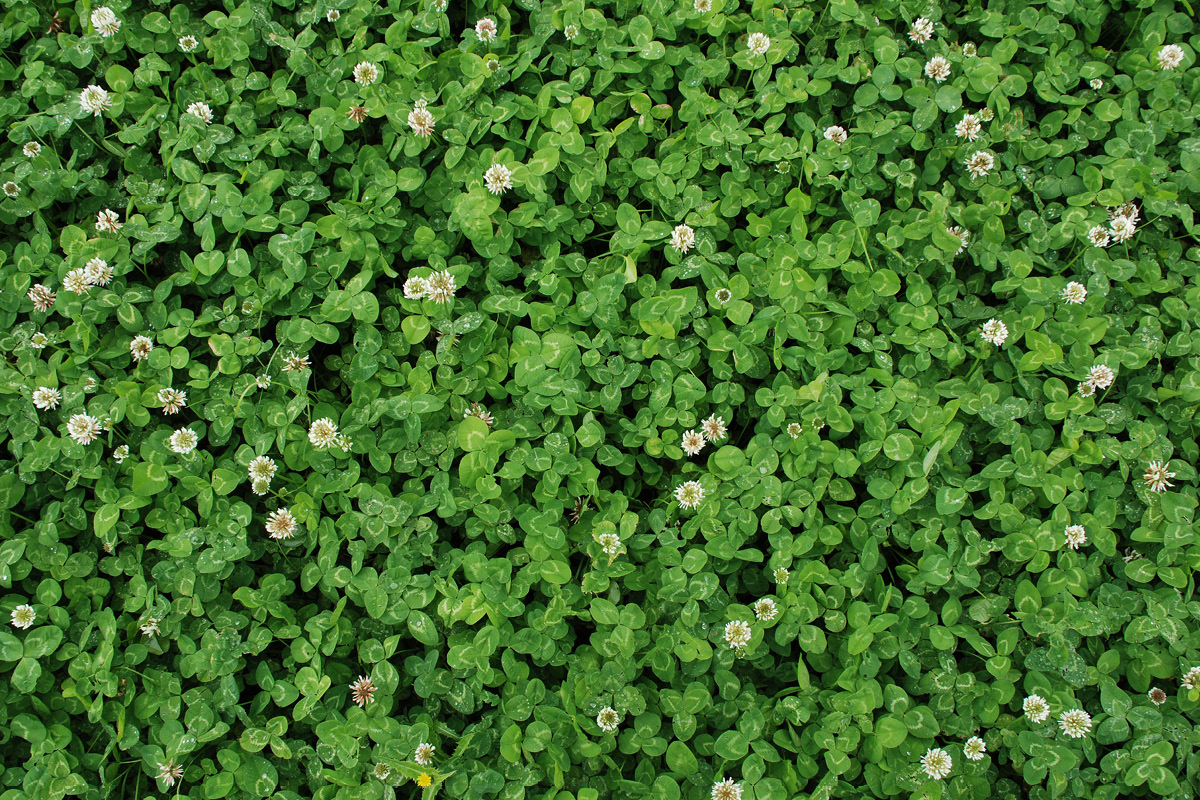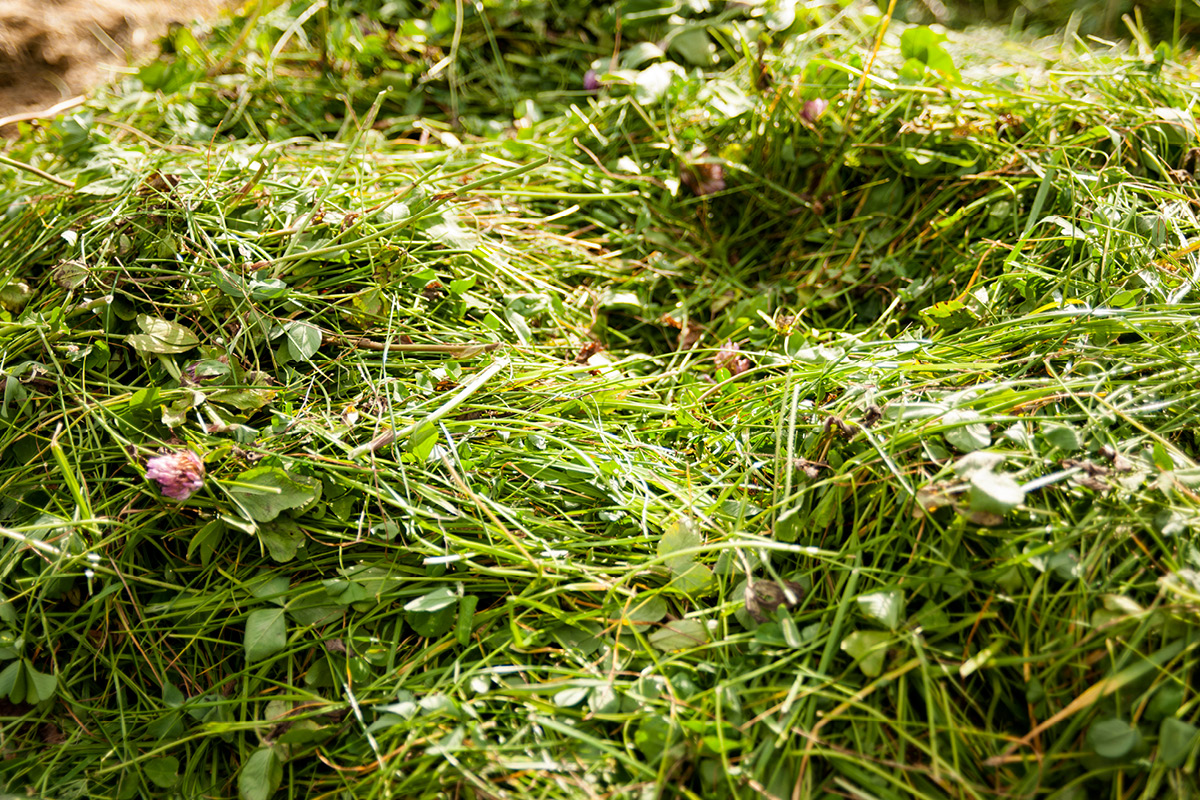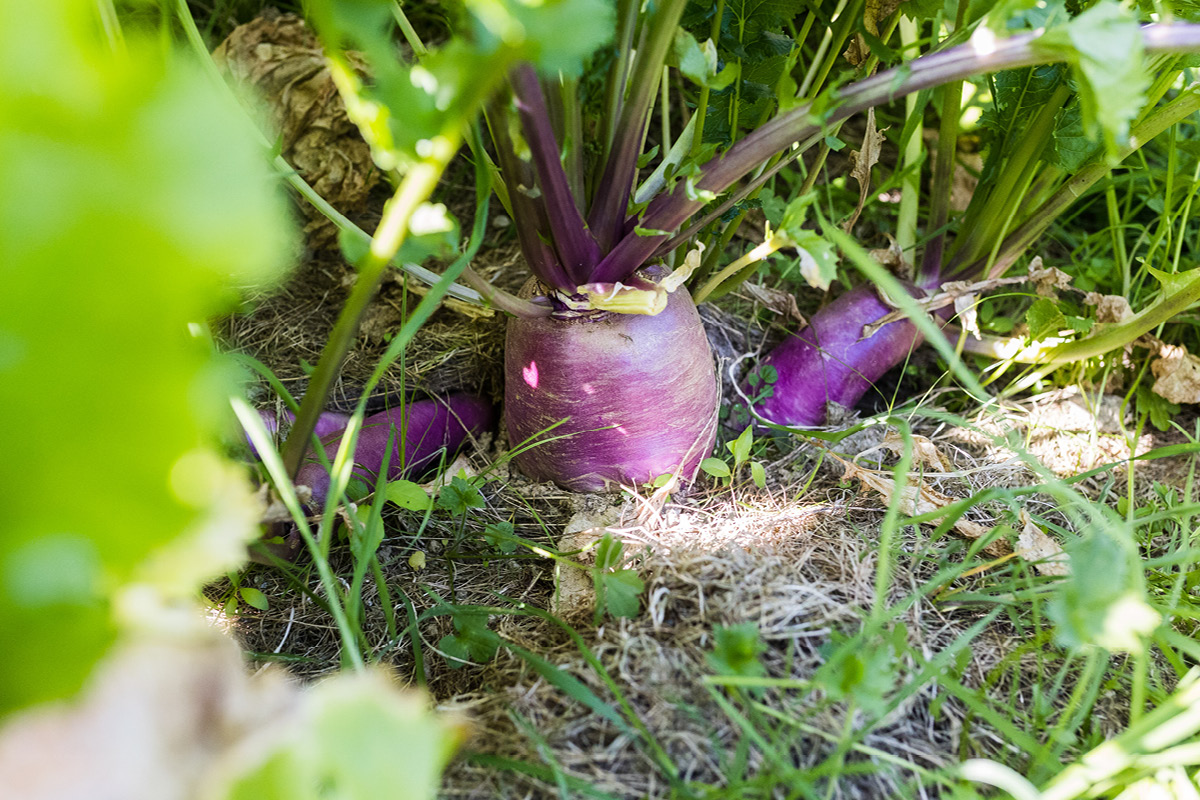Last year was challenging on many levels for livestock farmers, including being able to maintain an adequate supply of feed throughout the season. High fertiliser and purchased feed prices combined with very dry periods in the summer left many farmers faced with using winter stocks ahead of time to overcome a forage crop shortfall.
In 2023, some farmers might be able to turnout early to compensate but with cold conditions in January and flooding in certain areas, monitoring grass growth will help spot areas where it’s slower than normal.
Now is also a good time to start calculating when extra forage might be needed, and the types of forage crops to best fill those requirements, working backwards to plan establishment dates. There may also be forage crops outside your usual plan which could offer vital production value.
By taking these steps now, you can hope to alleviate some of the feed-related pressures later in the season.
Reseeding grassland
The priority for sustainable livestock production remains the need to identify and reseed poor-performing leys to boost the quality and quantity of forage livestock. But for both production and environmental reasons, many farmers are increasing the diversity of their grass swards, first considering what is right for their farm and the outcomes they are seeking.
Mixing clover with grass seed
The nitrogen-fixing properties of red and white clover make them popular forage choices in light of high fertiliser prices, but their feed value and climate resilience shouldn’t be overlooked.
Clovers need warmer temperatures to thrive, meaning they are best sown in April to mid-August. About 30% clover is needed in the sward to fix 150 kg N/ha per year. It takes six to 12 months after drilling before fixing happens but once clover is well established, it can also transfer nitrogen to the surrounding crop.

Nutritionally, white clover is an excellent source of protein and energy, with a high mineral content and DM value. It’s very palatable and passes through the rumen quicker than grass, resulting in high intake potential.
Red clover is also a high-quality, cost-effective feed giving yields of 10-15 tonnes DM/ha. When ensiled, its crude protein content of 15-19% is three to five per cent above the average grass equivalent.

Clover’s growth cycle and resilience in hot, dry conditions mean it is growing strongly as grass growth wanes in mid-summer, particularly during drier periods.
This together with its high feed value can, therefore, help reduce the strain on forage stocks to maintain milk production and liveweight gain.
Alternative forage crops
As well as increasing sward diversity with clovers and other species, growing a wider range of forage crops can also improve the resilience of livestock systems. Each crop type brings different benefits to complement high-quality grass varieties in productive grassland.
Brassica forage crops
Brassicas incorporate a wide range of main and catch crops, providing a fast-growing source of feed with good nutritional values. They are a cost-effective way to plug forage shortfalls in late summer or autumn, delivering a kilo of DM for just 4-6 pence with some ready to graze just two months after sowing.

Stubble turnips are a good example of this versatility and can be sown in May and grazed eight weeks later; providing DM yields of 5-7.5 tonnes/ha, with 10-13 ME and crude protein at 16-17%. They can top up later season grazing during the summer months.
Hybrid brassicas such as Swift or Redstart also grow rapidly and mature 100 days after sowing. Well managed, these crops should achieve 50% regrowth after the initial grazing.
Other popular brassica crops include Maris Kestrel kale, winter hardy and suitable for outwintering, and Triumph swedes, able to support high stocking rates on small areas of land for ewes and lambs.
For a quick catch crop to ease forage limitations, brassicas should be established between May and the end of August. Most main crops to be grazed over the autumn and winter period must be sown by the end of June.
Ask the forage experts
